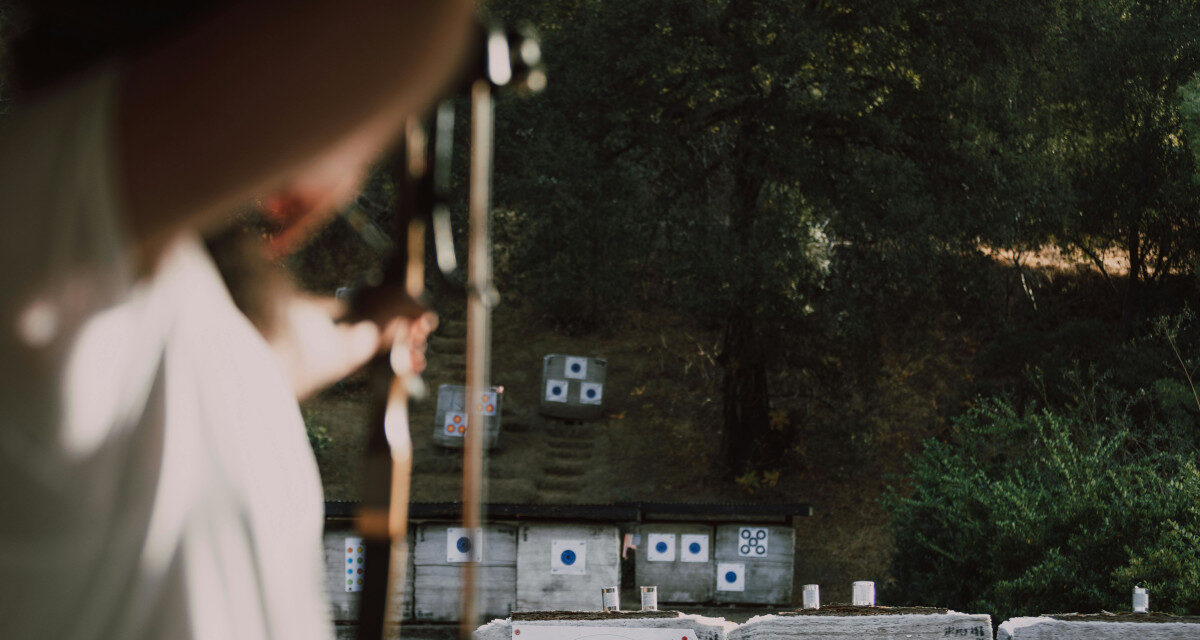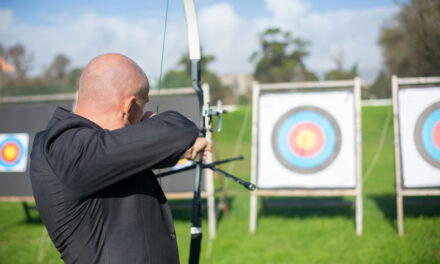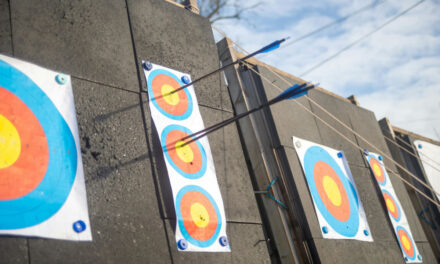Shooting uphill and downhill presents unique challenges for archers, as changes in elevation can significantly affect arrow trajectory and accuracy. Overcoming these challenges requires understanding the principles of uphill and downhill shooting and implementing specialized techniques to maintain precision. In this guide, we’ll provide valuable tips and strategies to help archers improve their accuracy when shooting on uneven terrain.
Understanding the Effects of Elevation
Changes in elevation have a profound impact on arrow flight due to gravity and angle of trajectory. When shooting uphill, gravity acts less on the arrow, causing it to arc higher and potentially overshoot the target. Conversely, shooting downhill increases the effect of gravity, causing the arrow to drop more quickly and potentially fall short of the target. Understanding these effects is crucial for adjusting aim and achieving accuracy in uphill and downhill shooting scenarios.
Adjusting Aim for Uphill Shots
When shooting uphill, it’s essential to adjust your aim to compensate for the increased trajectory of the arrow. Aim lower than usual to account for the flatter trajectory and prevent overshooting the target. Experiment with different aiming points and practice elevation adjustments to find the optimal aiming position for uphill shots, taking into account the angle of incline and distance to the target.
Compensating for Downhill Shots
Shooting downhill requires adjustments to counteract the steeper trajectory and increased arrow drop. Aim slightly higher than usual to compensate for the downward angle and ensure that your arrows reach the target effectively. Practice estimating the degree of downhill slope and making corresponding adjustments to your aim to achieve consistent accuracy in downhill shooting scenarios.
Maintaining Proper Form and Technique
Maintaining proper form and technique is essential for accuracy in uphill and downhill shooting. Focus on maintaining a stable stance and posture, drawing the bow smoothly and consistently, and executing shots with controlled release and follow-through. Avoid overcompensating for elevation changes by making drastic adjustments to your shooting technique, as this can lead to inconsistency and decreased accuracy.
Utilizing Range Finders and Angle Compensation Devices
Range finders and angle compensation devices can be valuable tools for improving accuracy in uphill and downhill shooting. Use a range finder to accurately measure the distance to the target, taking into account the angle of incline or decline. Angle compensation devices adjust for elevation changes automatically, providing a corrected distance and aiming point to help archers make more precise shots on uneven terrain.
Practicing on Varied Terrain
To master uphill and downhill shooting, it’s essential to practice regularly on varied terrain and slopes. Seek out shooting locations with diverse elevation changes, such as hillsides or mountainous terrain, and incorporate uphill and downhill shots into your training sessions. Practice estimating angles and making aim adjustments accordingly, gradually building confidence and proficiency in shooting on uneven terrain.
Conclusion
Shooting uphill and downhill presents unique challenges for archers, but with the right techniques and strategies, accuracy can be maintained on uneven terrain. By understanding the effects of elevation, adjusting aim for uphill and downhill shots, maintaining proper form and technique, utilizing range finders and angle compensation devices, and practicing regularly on varied terrain, archers can improve their accuracy and performance in uphill and downhill shooting scenarios, ensuring success in any outdoor environment.





